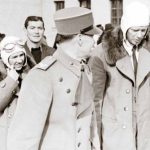Beautiful memories of Zagreb as It Once Was from Vesna Sokač.
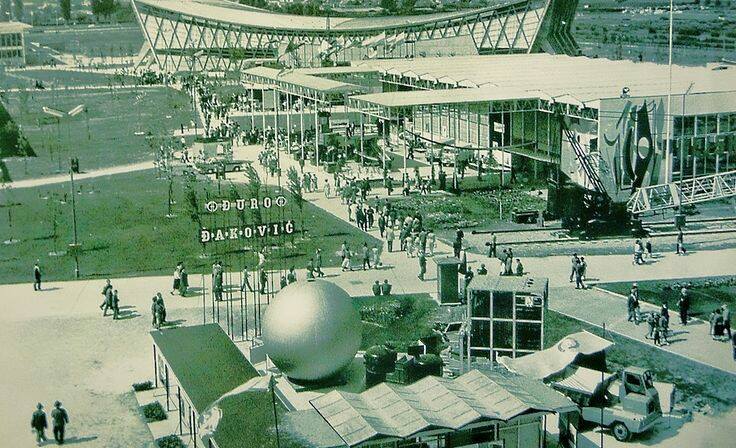
Zagreb Fair
The most fun you could have as a child in the ’60s was to compete who could collect more flyers from the Fall or Spring Zagreb Fair. At the time, there was a plane flying over the city with Zagreb Fair’s banner and thousands of colourful promotional flyers would be thrown from airplanes. We would spend hours and hours collecting them from streets, gardens, and meadows and whoever collected the most was seen as the big shot among other children.
Attending the Fair was a special event for us because it represented our only window into the world, so we would come back home wide-eyed and filled with impressions. Zagreb used to be renowned for its industry within Yugoslavia, so Zagreb Fair was a globally famous international fair. Unfortunately, the fair lost its importance over time, so the only thing we can do is remember these dynamic and successful times with nostalgia.
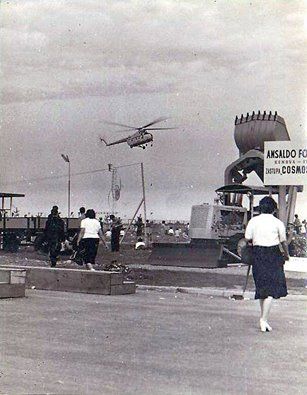
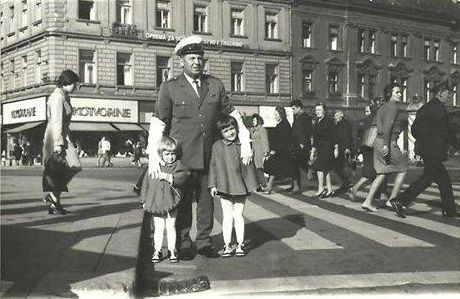
Meho the Patrolman
Even though you might not be able to imagine it today, cars driving and parking along the Main Square, called the Republic Square at the time, was a normal thing in the ‘60s. The biggest celebrity at the time was Meho the Patrolman. Even though everyone respected his authority, Meho was extremely high-spirited and witty – he would often comment loudly on citizens’ behaviour, make jokes with the children, who loved him, but looked at him in awe, and help the elderly cross the street.
When he retired in 1972, the Square lost its soul, vivacity, and the central mini-theatre which Meho played the leading role in.
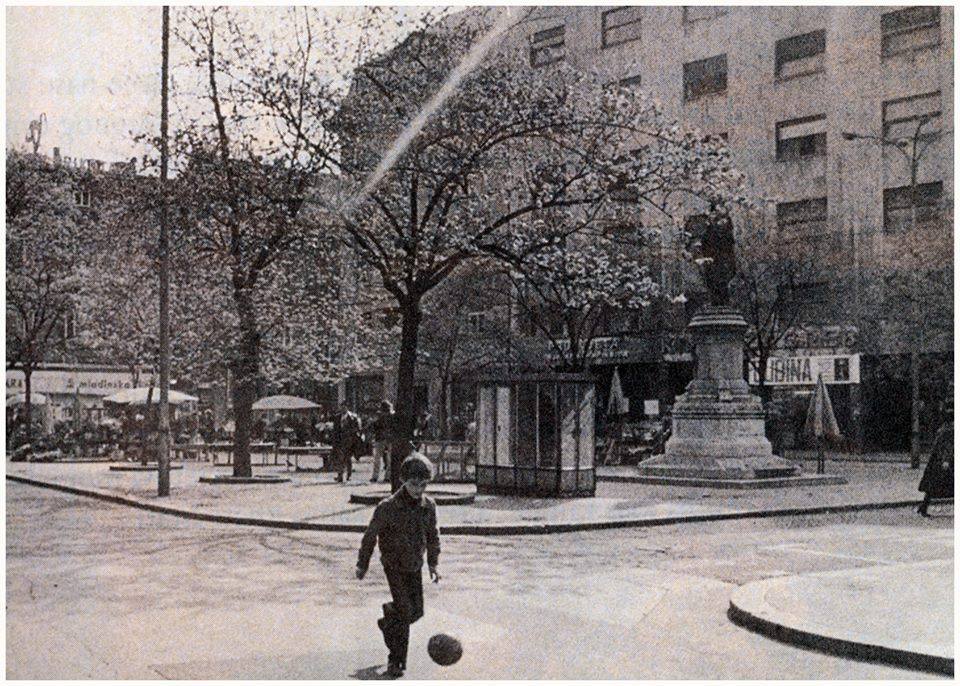
Flower Square
Originally imagined as a warm and cosy little square reminiscent of the squares of Paris, the Flower Square lost that spirit in the ‘90s when it was redesigned. The central part used to be covered with trees, so every season left its unique mark on the Square. The attentive and polite flower vendors sold their flowers underneath the branches, and, during the winter, glass cabinets were used to protect the flowers from the cold.
The importance of flowers for this square is reflected in its name – even though its official name is Petar Preradović Square (and you can see Preradović’s statue there), everyone refers to it as Flower Square. The little square was surrounded by important cultural institutions and buildings: two cinemas, Balkan (called Europa nowadays) and Zagreb (which is no longer there), two bookstores, Mladost and Prosvjeta, bakeries, and various traditional craft workshops, all of which gave this little square a huge importance in everyday life in Zagreb. The square was instantly recognizable and had a special kind of warmth and cosmopolitan uniqueness to it, the kind that makes you fall in love with Zagreb and want to come back to it as soon as you leave.
Thanks Vesna, really interesting. Do you have some memories and photos of life in Zagreb in a bygone era? Contact us at [email protected] if you would like to be featured on the site.


